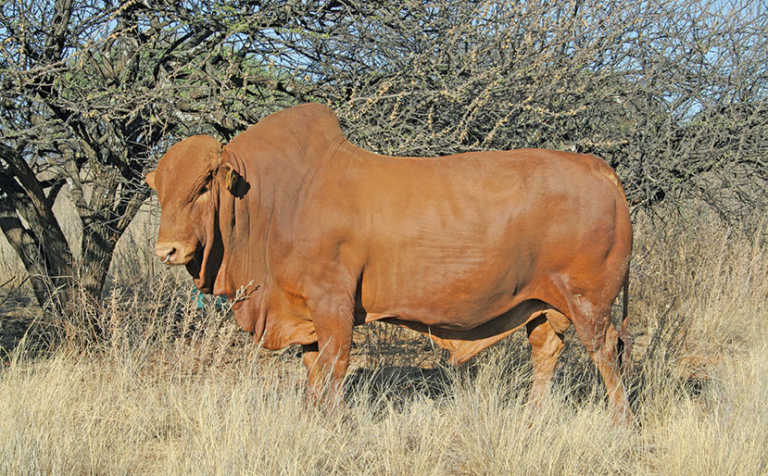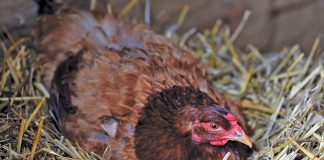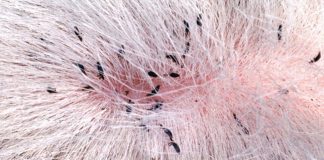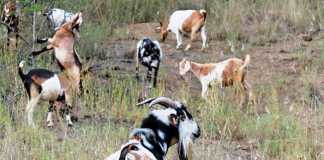
Photo: Wayne Southwood
When you buy a registered bull, the breeder and the breed society have already done the first selection, the bull has been performance tested and the weak performers have been culled.
Such a bull, although more expensive, comes with the assurance a non-registered bull does not have.
But ‘high-index’ bulls – those with the best ‘test results’ – aren’t always the best choice for any herd.
Other factors are:
Industry trends: The future of the beef herd lies in adaptable cows on the farm, each weaning a calf every year. Most weaners are bought by feedlots for growing out and rounding off for slaughter. Consumers are increasingly looking for tender beef with a minimum amount of fat. This demands a specific type of carcass. The correct type of bull will promote this goal.
Environment: A bull passes his genes on to his calves, the next generation in the herd. Each bull will have its own particular strengths – and weaknesses – and his genes will determine the characteristics of his calves, such as ease of calving in cows. How well these characteristics work is partly determined by the environment. If, for example, an area is too cold for a specific breed, the cattle won’t reach their full potential no matter how ‘good’ the bull is.
Choosing the right bull for the right environment isn’t as simple as it sounds. Breed societies increasingly use more scientific methods to improve the cattle they breed, but they cannot control the environment and the weather.
So, to start with, it’s a good idea to follow the advice of the Afrikaner Breeders’ Society of South Africa: “Buy a bull from a farm with an environment similar to that of your farm.”
Especially for beginners, it is a good idea to buy a registered bull from a local breeder with a sound reputation. The animal will be acclimatised to the area and transport will be minimal.
In case of problems, the breeder will be close enough to advise the buyer. Allow the bull at least three months to adapt to his new environment before putting him with the cows.
If his previous environment differs from that of his new home farm, this period could be longer.
‘Show bulls’ often deteriorate rapidly when put onto the veld with cows and take even longer to adapt to working conditions.
Breeding values: Registered bulls often come with figures called EBVs (estimated breeding values). To a beginner, these may be confusing, but are predictions of the bull’s genetic ability and how his calves are expected to perform in relation to the average for that breed for specific characteristics.
The breeder of the bull will be able to give advice on EBVs and a suitable bull for your herd – another reason to deal with a reputable breeder. Although EBVs are valuable tools, other things need to be considered when choosing a bull.
It makes no sense using a bull that can grow 2,5kg/day, but is so heavy it can’t walk and has to ambush the cows at the watering points!
The movement of the walking animal must be free and effortless, without a dragging of feet. Fortunately, with registered bulls, physical defects and eliminating faults would have destined them to the abattoir.
Prof Jan Bonsma, creator of the Bonsmara breed, often said that a good bull has an ‘alert eye’. So observe the bull carefully when another animal – whether bull, cow, heifer of calf – is led by. Watch how soon he notices it and how long he follows it with his eye.
Have the bull tested for fertility and certified free of sexually transmitted diseases and inoculated against all cattle diseases prevalent in your area.
Lastly, reproduction and fertility should always be the priority and must never be compromised.
Genes & traits
A gene is a DNA sequence in a cell that determines features or characteristics that are passed from parent to offspring.
Genes determine all the characteristics in every species, including the colour of the eyes, hair and skin; limits of mature body dimensions; and weight. Genes also determine growth potential and feed conversion.
A ‘trait’ is a heritable characteristic controlled or determined by genes.
Sources: Beef Cattle Management, ARC-Animal Production Institute, Irene; Leslie Bergh Breeding Values, ARC-Animal Production Institute, Irene; Afrikaner Breeders’ Society of South Africa (afrikanerbees.com); John Massey Modern Commercial Beef Sire Selection, Department of Animal Science, University of Missouri; Prof Jan Bonsma.













